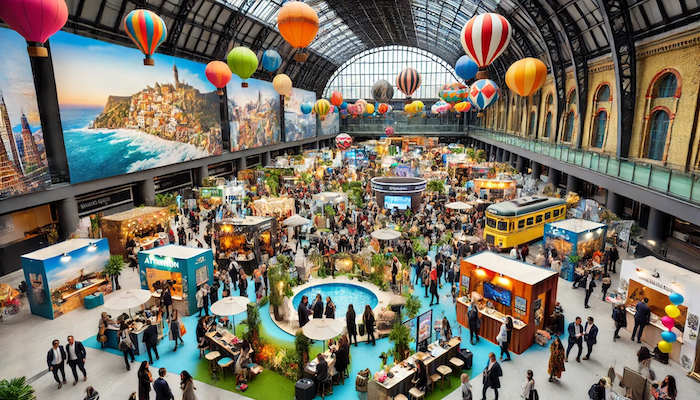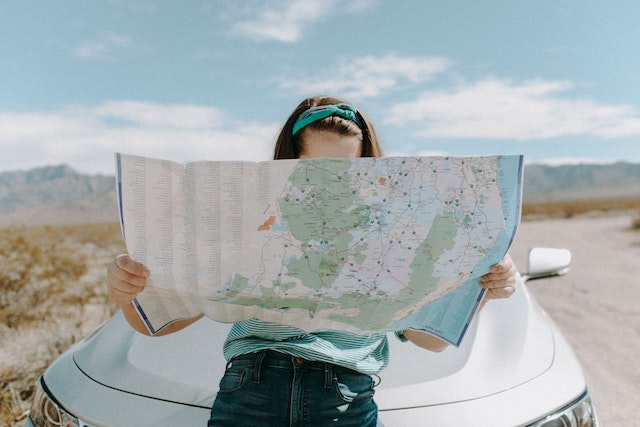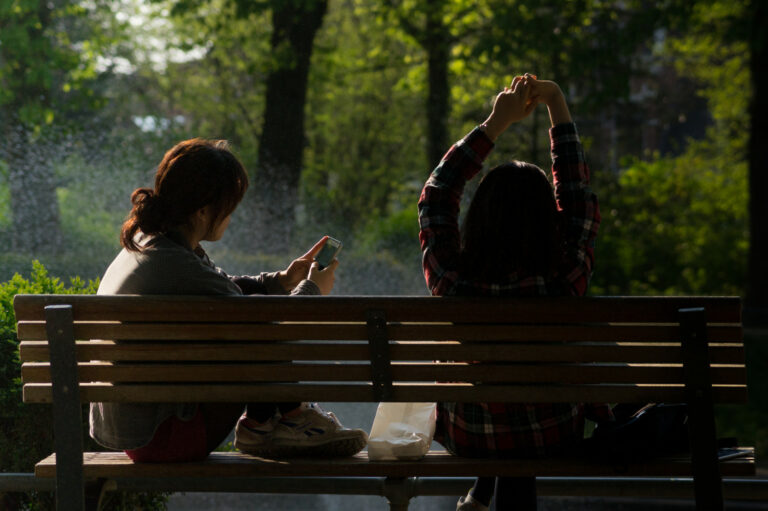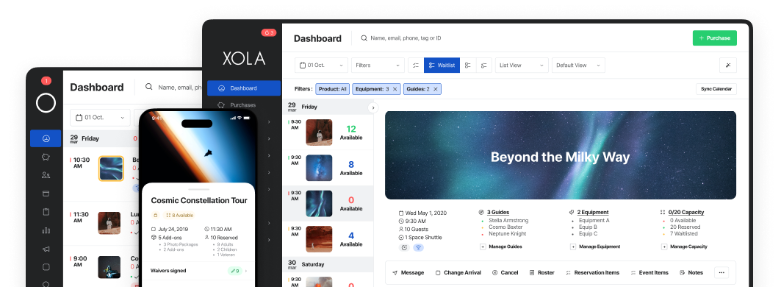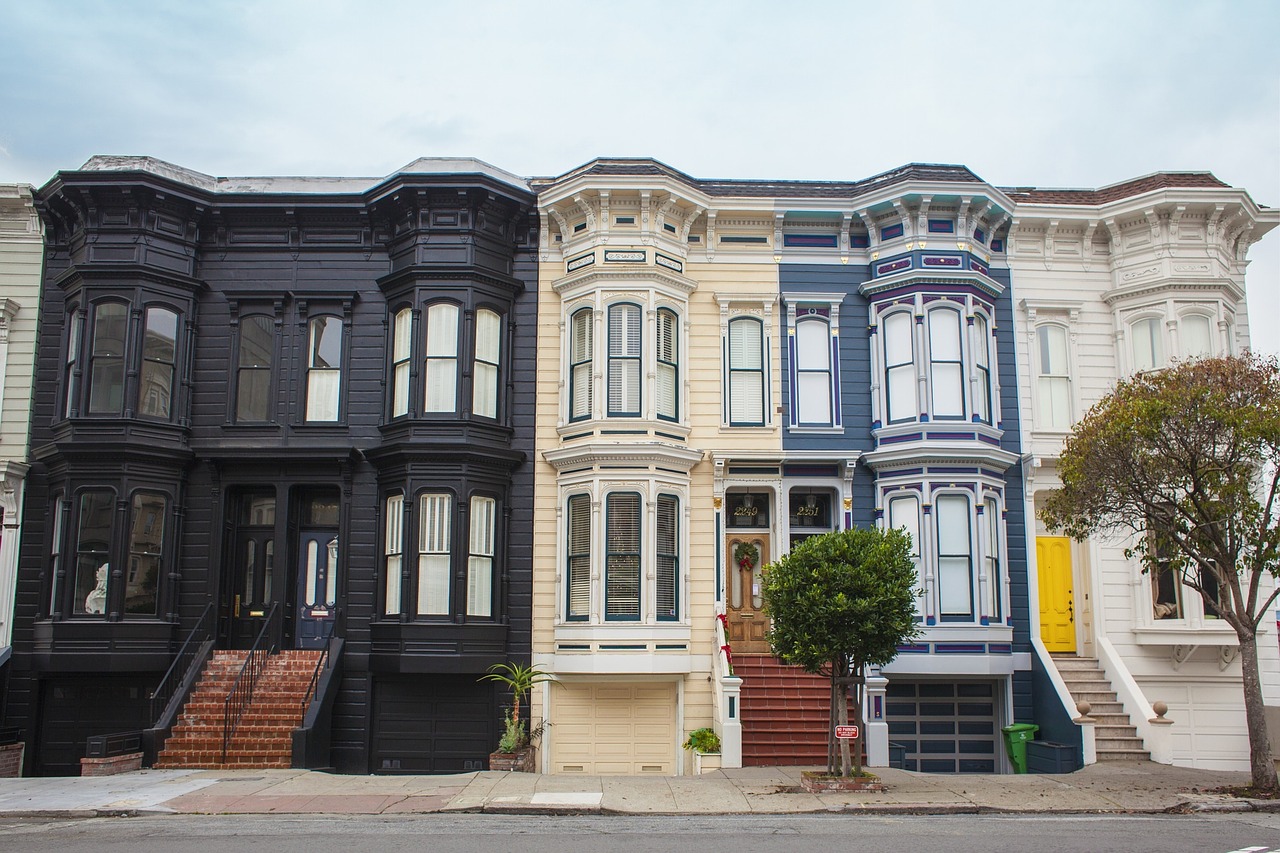
Trend alert: local activities drive dollars
Almost a year ago, I posted this article on New York’s “See Your City” campaign. The premise was that if New Yorkers took in the sights and sounds of other boroughs beyond their own, hopefully tourists would follow. We didn’t always avoid Times Square like the plague, after all.
Now the Big Apple is back with a new way to spur local economies through tourism: on the back of Airbnb.
Between 2012 and 2013, over 400,000 guests spent the night in a New Yorker’s home. Perhaps even more important in diffusing the city’s concentration of tourists, 82 percent of Airbnb listings in New York are outside of the most frequented areas of midtown Manhattan.
More on New York later. But first…
Airbnb isn’t stopping at accomodations
But how vested in activities is it really?
There’s no question that tour operators benefit from the trend that Airbnb has helped spur. The rental behemoth attracts guests with an eye for the authentic, and it’s no surprise that someone looking to stay in a local’s home would also opt for a homegrown tour.
Tour operators like Alexandra Kenin of Urban Hiker SF have been clued into this Airbnb ecosystem for quite some time. As part of a beta program known as Airbnb Experiences, Kenin now generates a fifth of her revenue directly from Airbnb guests.
As Kenin puts it, “The Airbnb traveler is more urbane, sophisticated, and adventurous. They’re looking for something that’s more off the beaten path.”
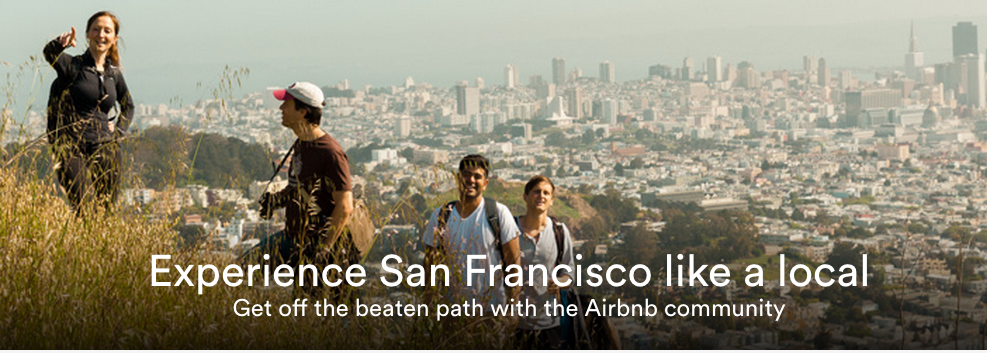
But despite the obvious fit, Airbnb still hasn’t blossomed into the accommodations and activities powerhouse that some have predicted. It has been quietly trying its hand as a tour aggregator since 2014. Airbnb Experiences originally launched in San Francisco and Paris and a quick Google search reveals that it hasn’t expanded beyond these two pilots. It’s clearly a cloaked endeavor, considering that when one attempts to rent a room in either city, there’s no hint of activity offerings from the main site.
So the question remains, what’s the hold up?
One answer might be that rather than promote tour operators as separate parties, perhaps Airbnb is hoping to be the only go-between for customers planning a trip. Kenin says that the company is toying with a concept known as “Magical Trips,” which would create full itineraries for its different destinations.
Typical tight-lipped Airbnb, there’s no trace of the initiative on the Internet, save this article from Yahoo detailing a partnership with Pinterest. Earlier this summer, Pinterest and Airbnb coordinated a contest in the United Kingdom offering an all-expenses paid trip for two anywhere in the world.
Maybe I’m reading into it, but consider this statement from James McClure, the Airbnb Country Manager in the UK:
“With over a million listings in 34,000 cities and over 190 countries across the globe, thousands of people are enjoying magical trips every day with Airbnb. Feeding the increasing desire of travellers to live like a local and experience more meaningful trips than ever before, people are pursuing everything from surfing to sushi-making with the help of our hosts. Extraordinary experiences can be seen on Pinterest and realised on Airbnb and we look forward to making another dream trip a reality.”
“Magical trips?” “We look froward to making another dream trip a reality?” It’s intriguing, to say the least.
Moreover, recent reports from Skift suggest that a greater focus on activities could be in the near future. Maxine Daniels of I Bike Harlem is the most recent tour operator to benefit from the Airbnb ecosystem. (She also happens to be a host herself.)
Airbnb’s ears perked up when it found out about Daniels and her Harlem bike tour, and decided to feature her business on its blog. It’s been highlighting I Bike Harlem in the monthly newsletters to Harlem hosts too.
Though she doesn’t seem to be a part of the Experiences program, Daniels has been working closely with hosts to promote her tours. She’s held receptions for them at her shop where she handed out branded t-shirts and pamphlets that she hopes they’ll pass along to their guests.
So far, she thinks it’s working. As Harlem has emerged as one of Airbnb’s fastest-growing neighborhoods in New York, Daniels has noticed that this increased visibility has favored her tour as well.
It probably doesn’t hurt that her modern-looking website uses the same font as Airbnb’s…
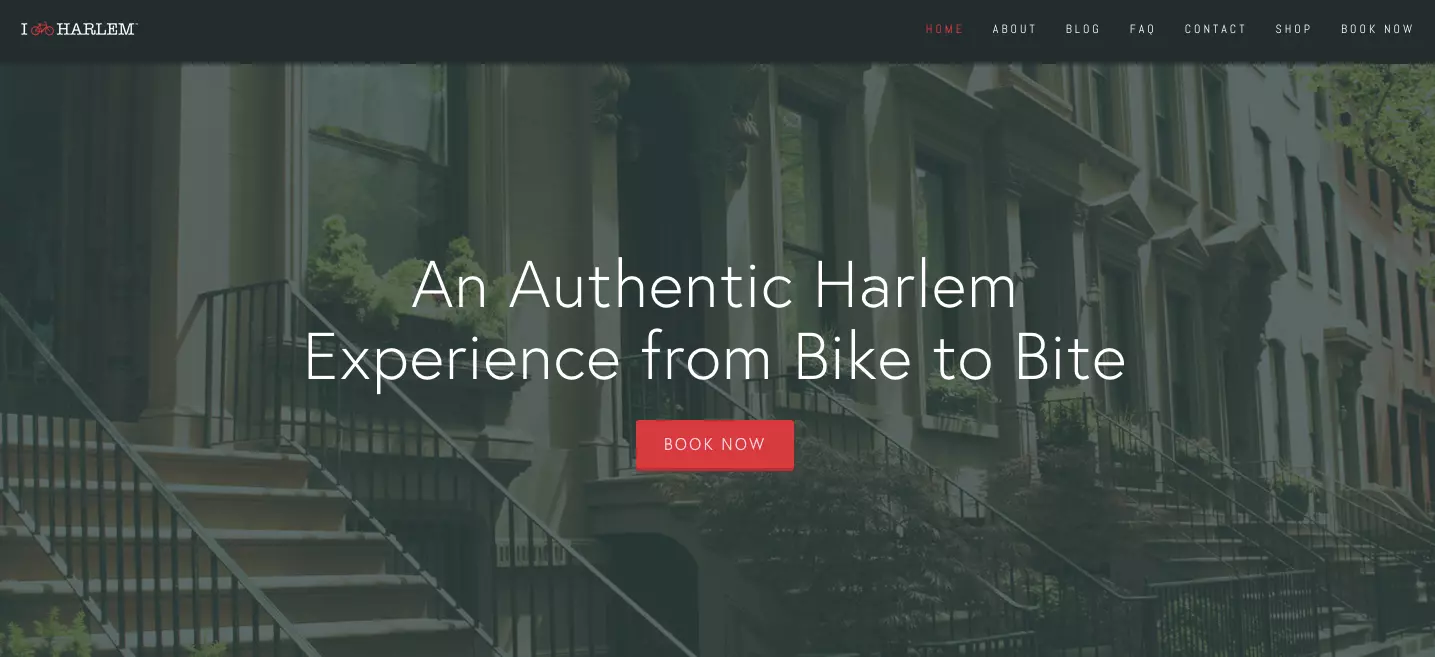
Alright, enough hypothesizing. How can tour operators satisfy the increasing appetite for local experiences thanks to powerful forces like Airbnb?
What tour operators should do
Investing in local economies through tour operators like Kenin and Daniels makes Airbnb look good as it lobbies cities for legal recognition. But perhaps there’s another motivation at play. If Airbnb can not only help people find a place to stay but also things to do during their stay, that makes Airbnb a more valuable resource for its customers.
Keep an eye out for more updates from what now seems like a sleeping giant. For the time being, though, take advantage of the advantageous environment that Airbnb is helping to create for tour operators.
If you operate in San Francisco or Paris, I would reach out to Airbnb about their Experiences program. For everyone else, follow Daniels’s example and make connections with your neighborhood hosts. Since Daniels herself is a host, it’s unclear to what extent that influenced her opportunities with Airbnb. At the very least, though, probe around and see how you can get connected to renters as well as those within Airbnb.
As you do, don’t forget this piece of advice from Justin Francis, Managing Director of Responsibletravel.com. In his 2008 report on “The future of travel,” he predicted that travel “will be about the appreciation of local distinctiveness, the idiosyncrasies and the detail, the things that make a place unique and special.”
